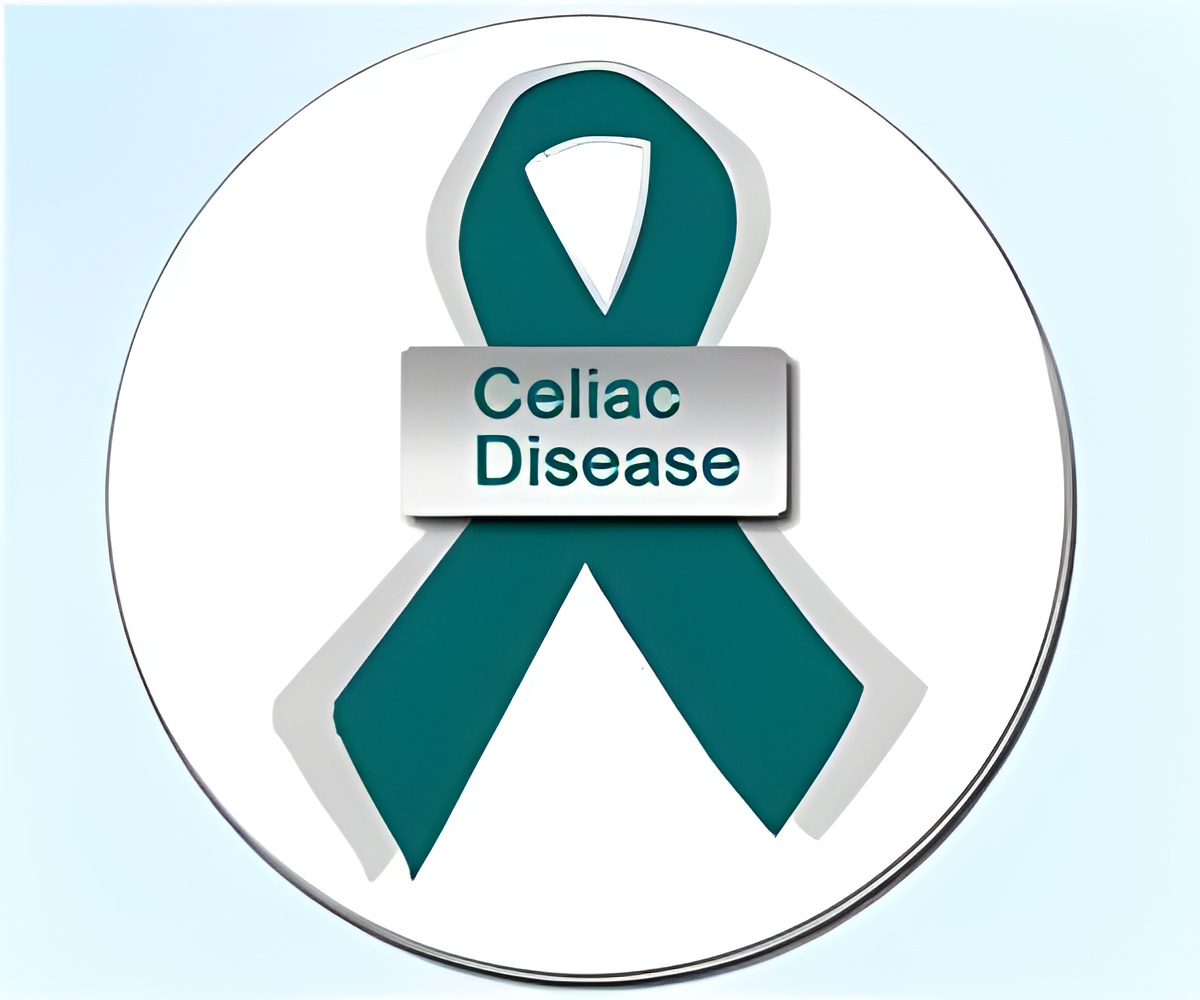Nearly one quarter of kids with two copies of a high-risk variant in a specific group of genes develop an early sign of celiac disease called celiac disease autoimmunity (CDA) by age of 5.

TEDDY is studying celiac disease and type 1 diabetes because both are autoimmune diseases with some of the same genetic risk factors. Celiac disease occurs in just under 1 percent of the U.S. population, and is more common than type 1 diabetes. Celiac disease stems from an immune reaction to gluten, a protein found in wheat, rye and barley. Over time, celiac disease can damage the small intestine and cause other health problems. People with celiac disease and CDA need to follow a gluten-free diet.
The celiac study followed 6,403 newborn children with either of two high-risk gene groups called HLA that are important for immune function – HLA-DR3-DQ2 or HLA-DR4-DQ8 – to see who would develop celiac disease or CDA. These genes are involved in presenting gluten to immune cells. Over five years, 291 developed celiac disease, while another 786 developed CDA.
"By looking at the genes of the children who participated in TEDDY, we can now identify who among them is at highest risk for celiac disease, and their parents and health care providers can monitor these children to detect the disease early," said Beena Akolkar, Ph.D., project scientist for TEDDY at the NIH's National Institute of Diabetes and Digestive and Kidney Diseases (NIDDK). NIDDK is the primary funder of TEDDY.
Researchers found that youth with two copies of HLA-DR3-DQ2 had the highest likelihood of disease development by age 5. Of this group, 26 percent developed CDA by age 5 and 12 percent developed celiac disease. In those with one copy of HLA-DR3-DQ2, the risks of CDA and celiac disease by age 5 were 11 percent and 3 percent, respectively. About 90 percent of celiac disease patients carry HLA-DR3-DQ2.
Based on earlier research, scientists expected to find lower rates of CDA and celiac disease in the United States and Germany than in Sweden. Rates of CDA in Sweden were nearly double the U.S. rates. However, the researchers were surprised to discover that Sweden also had higher rates of CDA and celiac disease than Finland. TEDDY researchers next plan to look at factors including interaction between genes and the environment, including examining how diet affects bacteria in the gut and the immune system of children with differing genetic risks.
The primary goal of TEDDY is to find the causes of type 1 diabetes – why some children with high-risk genes for type 1 diabetes go on to develop the disease while others with the same genetic risk do not. TEDDY has screened more than 425,000 babies for one or more of nine gene groupings indicating high risk for type 1 diabetes, eventually following the health of 8,677 children among more than 20,000 eligible to participate.
In addition to NIDDK, TEDDY is funded by the National Institute of Allergy and Infectious Diseases, National Institute of Child Health and Human Development and National Institute of Environmental Health Sciences – all part of NIH – as well as the Centers for Disease Control and Prevention and the JDRF.
The NIDDK, part of the NIH, conducts and supports basic and clinical research and research training on some of the most common, severe and disabling conditions affecting Americans. The Institute's research interests include: diabetes and other endocrine and metabolic diseases; digestive diseases, nutrition, and obesity; and kidney, urologic and hematologic diseases. For more information, visit http://www.niddk.nih.gov.
Source-Eurekalert
 MEDINDIA
MEDINDIA


 Email
Email







